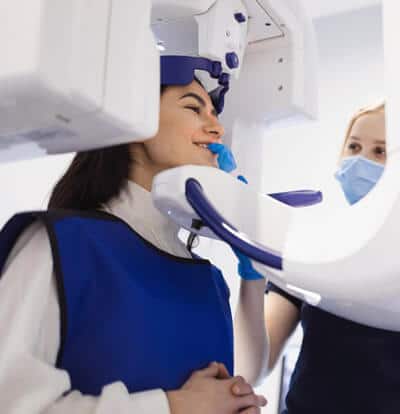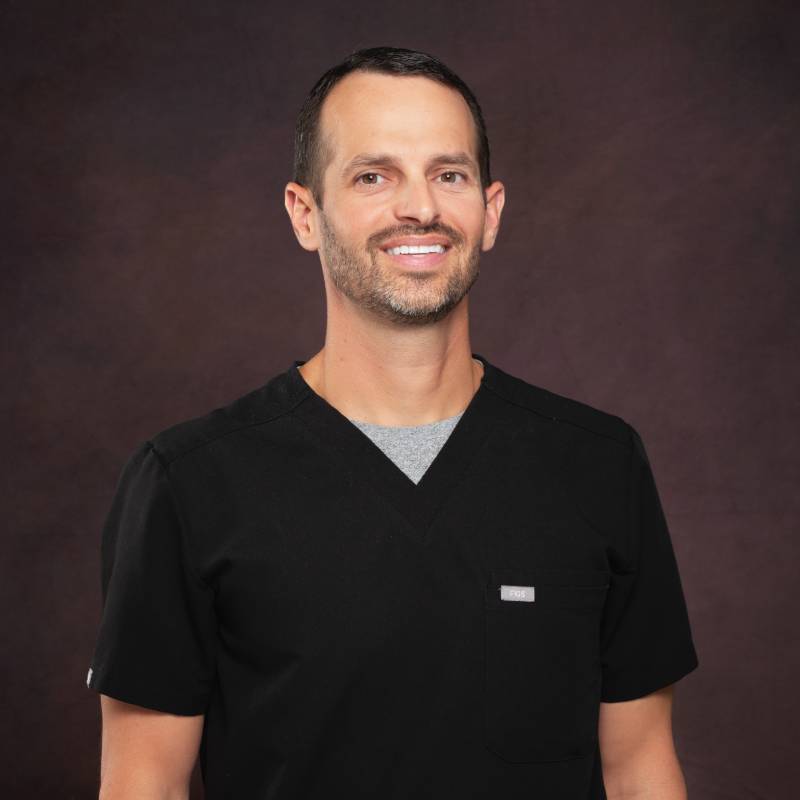CBCT Scanner (3D X-Ray) – Mountain Home, AR
Revolutionize Your Dental Care with CBCT Scanner Technology

What Is A Cone Beam CT Scan?
A Cone Beam CT Scan is a non-invasive and painless diagnostic tool that produces highly detailed 3D images of your oral structures. It uses a cone-shaped beam to take multiple images of your mouth, which are then reconstructed into a single, detailed 3D image. It provides dentists and oral surgeons a more comprehensive view of your oral health and is an essential tool for implant placement, orthodontic treatment planning, and other dental procedures.
New Patients & Emergency Appointments Welcome! Call Us Today.
Why Might A Cone Beam CT Scan Be Needed?
A Cone Beam CT Scan (CBCT) might be needed to diagnose and plan dental treatments that require a comprehensive view of the teeth, jaw, and surrounding structures. Dentists and oral surgeons may recommend a CBCT scan for various reasons, including implant placement, orthodontic treatment planning, root canal therapy, and jaw and tooth pain evaluation. CBCT scans can help identify bone density, the position of teeth and roots, and any potential structural abnormalities or dental diseases. By providing more accurate measurements, CBCT scans can help improve the success rate of dental procedures and reduce the risk of complications.
What Happens During A Cone Beam CT Scan?
During a Cone Beam CT Scan (CBCT), the patient sits in a chair while a large arm-like structure moves around the head, taking multiple images from different angles. The patient is instructed to remain still and may be asked to bite down on a plastic device to help keep their head in the correct position. The scan takes only a few minutes to complete, and the patient can return to their daily activities immediately afterward. The resulting images are available almost instantly for the dentist or oral surgeon to review. Overall, a CBCT scan is a quick and painless procedure that provides highly detailed 3D images of the teeth and surrounding structures, helping to improve the accuracy of dental treatment planning and reducing the risk of complications.



